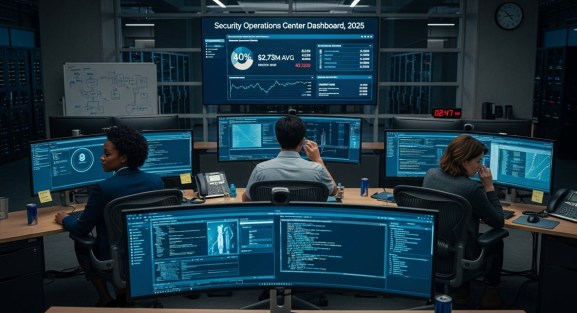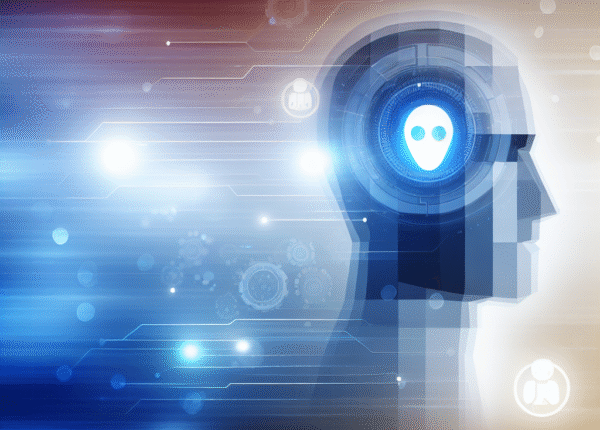Anthropic’s Skills and the Enterprise Shift Toward Agentic AI: A Story of Tools, Governance, and Multivendor Strategies
AI in the enterprise is moving beyond single prompts to a living library of on-demand expertise. Anthropic’s new Skills capability for Claude is a prime example: instead of retyping instructions for each task, organizations can assemble folders of domain knowledge—instructions, code scripts, and reference materials—that Claude can load automatically when relevant. In parallel, the broader market is racing toward agentic AI that can operate across an ecosystem of tools and environments. Anthropic’s move comes as the company eyes a multi‑billion revenue trajectory in the coming years, driven by enterprise adoption of AI coding tools and growing competition from OpenAI and others in the AI software development arena.
Skills is built around progressive disclosure: Claude initially only sees skill names and brief descriptions, and then autonomously decides which skills to load as tasks require them. It lets teams bundle and coordinate multiple skills so that, for example, brand guidelines, financial reporting, and presentation formatting can be orchestrated together to generate reports or investor decks with minimal human intervention. The approach aims to solve the notorious context-window problem by allowing an unbounded amount of contextual knowledge to be loaded in a controlled, task-specific way. That combination of filesystem navigation, executable code, and cross-skill composability positions Skills as a distinct alternative to traditional prompt engineering or retrieval-augmented generation (RAG).
Early customer reports underscore the practical impact. Rakuten described a productivity jump of eightfold in finance workflows, where Claude processes multiple spreadsheets, catches anomalies, and generates reports that once took days to complete in a single hour. Other enterprises are exploring how to embed Skills to govern routine tasks across departments—Canva plans to embed Skills to tailor agents for branding and design workflows, Box to transform stored content into standard PowerPoint, Excel, and Word outputs, and more. What’s notable is how these firms envision a common, portable skill that works the same across Claude.ai, Claude Code, the API, and the Claude Agent SDK, ensuring consistency whether teams are coding, analyzing data, or generating client-ready documents.
As AI moves from standalone tools to organization-wide capabilities, governance remains a central question. Anthropic provides organizational controls to enable or disable Skills at the admin level and to require individual opt‑in, reflecting lessons from prior deployments where blanket rollouts raised compliance issues. Yet, the governance surface is not yet as granular as some enterprises would like—there are limited controls over which specific skills employees can use and whether there are detailed audits of skill content. The risk calculus is clear: Skills require Claude’s code execution environment, which runs in sandboxed containers, so enterprises must vet trusted skills and manage supply-chain risk carefully while balancing speed and scale in deployment.
The Skills story sits within a broader trend: the industry is trending toward agentic AI that can act autonomously within a managed sandbox, coordinating multiple domains and tools. It’s a move that aligns with Stanford and SambaNova’s ACE framework for evolving context—creating living playbooks rather than fixed prompts to prevent context collapse and to keep models both transparent and adaptable. Beyond Anthropic, the market is seeing similar momentum in products that expand how AI assists in software development, data analysis, and customer research—for example, Strella’s AI-powered interview platform that accelerates qualitative research, turning eight-week studies into days while preserving the nuance of human moderation. In a world where AI is increasingly embedded in devices and workflows, enterprises are rethinking who controls AI capabilities and how to maintain human oversight and context as models scale across teams and use cases.
Related posts
-
AI’s reach expands from councils to clinics and cyber defense
AI is no longer a distant dream. It is threading through city governance, clinics, and cyber defense, delivering...
30 August 202567LikesBy Amir Najafi -
AI Safety Alerts, Politics and the Road to AI-Powered Cars
AI Safety Alerts, Politics and the Road to AI-Powered Cars From a legal case to daily conversations with...
2 September 202563LikesBy Amir Najafi -
AI Valuation Bubble: Reading Signals Across OpenAI Deals, BoE Warnings and IMF Alarm
AI Valuation Bubble: Reading Signals Across OpenAI Deals, BoE Warnings and IMF Alarm Today’s AI news reads like...
8 October 202525LikesBy Amir Najafi

